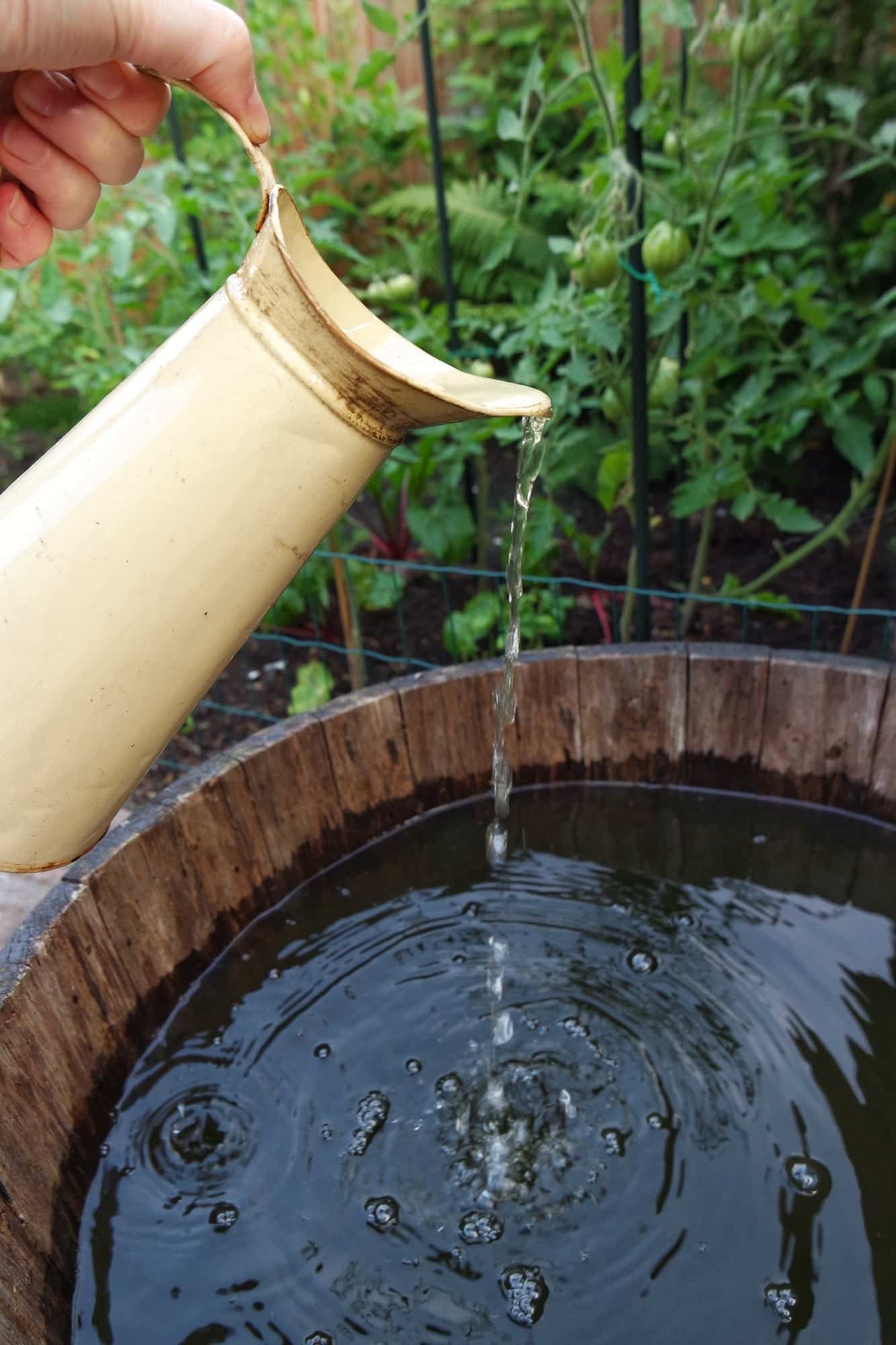What’s the Best Strategy for a Rainwater Collection System in a Semi-Detached House?

Rain gently patters on the roof of your semi-detached house. Have you ever wondered where all that water goes? It seems a waste to let it drain away, especially when potable water is such a precious resource. A rainwater harvesting system could be the solution. This article aims to provide a comprehensive guide on the best strategies for installing a rainwater collection system in a semi-detached house. We’ll delve into the system design, catchment area, storage tank, and cistern, as well as the associated costs.
Understanding Rainwater Harvesting
Before diving into the best strategy, it’s crucial to understand what rainwater harvesting entails. Rainwater harvesting is a technique that involves collecting, storing, and using rainwater for various purposes. The principle behind it lies in catching valuable rainwater that falls on your roof, instead of letting it run off to the drains.
Cela peut vous intéresser : How to Design an Allergy-Friendly Home with HEPA Filters and Natural Materials?
A basic rainwater harvesting system comprises a catchment area (mostly the roof), conveyance system (gutters and pipes), and a storage facility (like a tank or cistern). Some systems will also include a treatment process to purify the collected water, making it suitable for all kinds of use inside the building.
Determining the Catchment Area
The catchment area is the surface upon which rain falls and gets collected. In most semi-detached houses, the roof serves as the catchment area. The size, material, and slope of the roof will significantly impact the amount of rainwater that can be collected.
En parallèle : How Can You Create a Cozy and Welcoming Guest Room in an Attic Space?
A flat roof might not allow water to flow easily into the gutters, while a steeply sloping roof may cause water to rush down too quickly, leading to spills. The ideal roof for rainwater harvesting has a moderate slope, which enables water to flow into the collection system at a controlled pace.
For maximum collection, ensure your roof is free of debris, moss, and other substances that can contaminate the rainwater. Utilizing your roof as a catchment area is a cost-effective and efficient strategy since it utilizes existing structures, requires minimal alteration, and the water collected will be generally clean.
Choosing the Right Storage Tank
The storage tank, or cistern, is a vital part of the rainwater harvesting system. It will store the collected rainwater until it’s needed. Tanks can be fabricated from various materials, including plastic, concrete, and fiberglass.
The size of the tank will depend on the available space, the catchment area, and the amount of rainfall you expect to collect. In a semi-detached house, space can be a limiting factor. Therefore, you might consider above-ground tanks that can be placed in the yard, or underground tanks that save on space but are more expensive to install.
When choosing a tank, consider one with a lid to prevent the evaporation of stored water, keep out debris, and inhibit the breeding of mosquitoes. To ensure a constant supply of water during dry spells, it’s wise to select a tank of sufficient capacity to store enough rainwater.
Designing the Rainwater Harvesting System
The design of your rainwater harvesting system will depend on your specific needs and situation. Some people use collected rainwater only for outdoor purposes like watering gardens or washing cars. Others treat and filter the rainwater to make it suitable for indoor use, such as flushing toilets or even for drinking.
Regardless of the intended use, the system should include a first-flush diverter. This device discards the first flow of rainwater, which might contain contaminants from the roof. After the initial flush, the system will begin to store water in the cistern.
You might also consider incorporating a pump to distribute the collected water, especially if the system will supply indoor plumbing fixtures. Gravity-fed systems are an alternative that eliminates the need for a pump, but the tank must be located higher than the point of use.
Analyzing Costs and Benefits
Rainwater harvesting systems come with an upfront cost, but over time, they can save you money on your water bill. The cost will vary depending on the complexity of the system, the size of the storage tank, and the installation process.
While rainwater harvesting might seem like an expensive venture initially, it’s an investment that pays for itself in the long run. Plus, it contributes to water conservation, reducing the demand for municipally treated water.
Remember, it’s not about creating an elaborate system. It’s more about making the best use of available resources to collect and use rainwater efficiently. So, analyze the costs and benefits carefully, and choose a strategy that best suits your semi-detached house, lifestyle, and budget.
Conducting a Rainwater Harvesting System Case Study
Before implementing your rainwater harvesting system, it can be beneficial to conduct a case study. This involves assessing your water needs, calculating the potential amount of rainwater you can collect, and determining how the system can be integrated into your semi-detached house.
First, identify your specific water needs. Are you planning to use the harvested rainwater for outdoor tasks like gardening or washing your car? Or perhaps you’re considering reducing your water consumption by using harvested rainwater for indoor tasks like flushing toilets or running your washing machine? Your purposes will affect the design, complexity, and cost of your system.
Next, calculate how much rainwater you can realistically collect. Look up the average annual rainfall in your area and use that figure, together with the size of your roof catchment area, to calculate your potential rainwater collection.
The Google Scholar platform can be a great resource for comprehensive studies and reliable methodologies to determine the effective quantity of rainwater you can collect. Various studies and tools can help you estimate how much rainwater your roof can catch and how much you can expect to use.
Finally, consider how your rainwater harvesting system will be integrated into your house. You need to decide where your storage tank will be located, and how the water will be conveyed from your catchment area to your tank, and eventually to your points of use. Will you need a pump for distribution, or can your system work on gravity alone? Remember, your system should be designed to be energy-efficient and easy to maintain.
Maintaining Water Quality and System Efficiency
Once your rainwater harvesting system is in place, it’s crucial to maintain the water quality and efficiency of the system. Regular cleaning of the roof and gutters will prevent debris and contaminants from entering your storage tank. Consider using screens or filters to further protect your water supply.
Keep your storage tank sealed to prevent evaporation and mosquito breeding, and regularly check it for any leaks or damage. If you’re using your harvested rainwater for drinking or other indoor uses, ensure that there is an appropriate filtration and treatment process in place. Regular testing of the water quality is also recommended.
For system efficiency, conduct regular checks on all the components of your harvesting system. This includes the catchment area, conveyance system, storage tank, and any pumps or filters. Regular maintenance will ensure that your system continues to operate effectively and efficiently.
Conclusion
Implementing a rainwater harvesting system in a semi-detached house can be a rewarding and sustainable venture. Not only will it reduce your water consumption and save you money on your water bills in the long run, but it will also contribute to conserving a valuable resource.
However, it’s not a one-size-fits-all solution. The design, complexity, and cost of the system will depend on many factors, including the size of your roof catchment area, your specific water needs, the average rainfall in your area, and the available space for a storage tank.
Remember, the most successful rainwater harvesting systems are those that are designed to fit the specific circumstances and needs of the user. So, conduct a thorough case study, prioritize water quality and system efficiency, and choose a strategy that suits your semi-detached house, lifestyle, and budget. With careful planning and implementation, you can turn your semi-detached house into an eco-friendly, cost-effective, and sustainable home.
